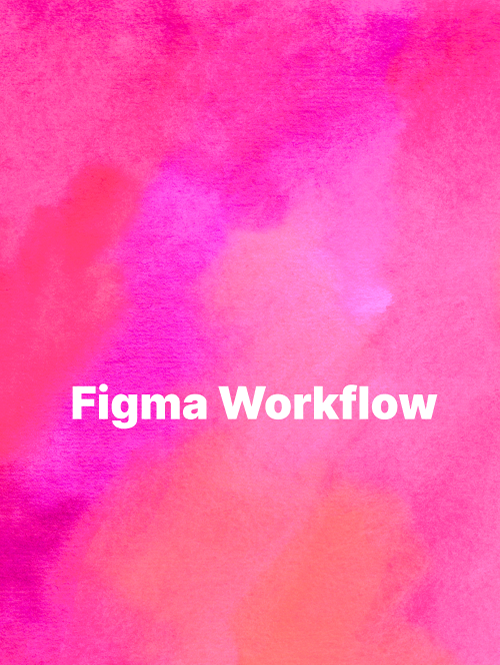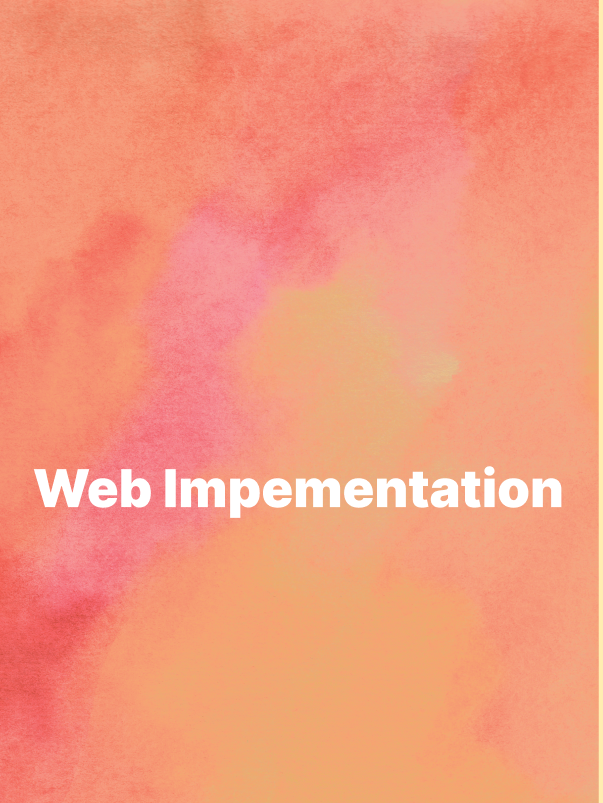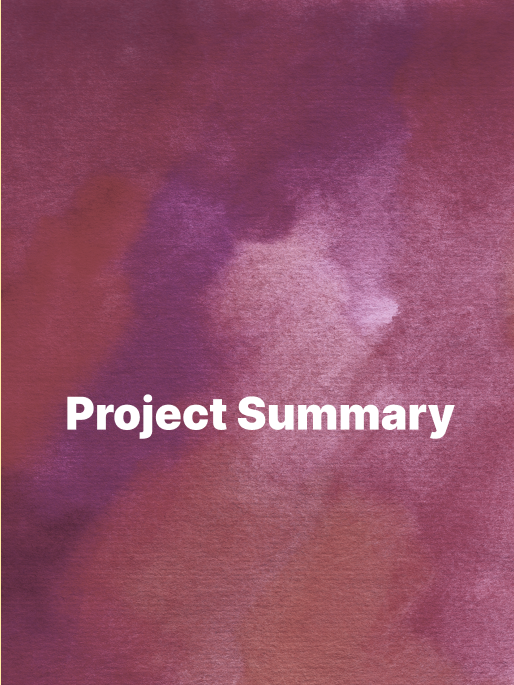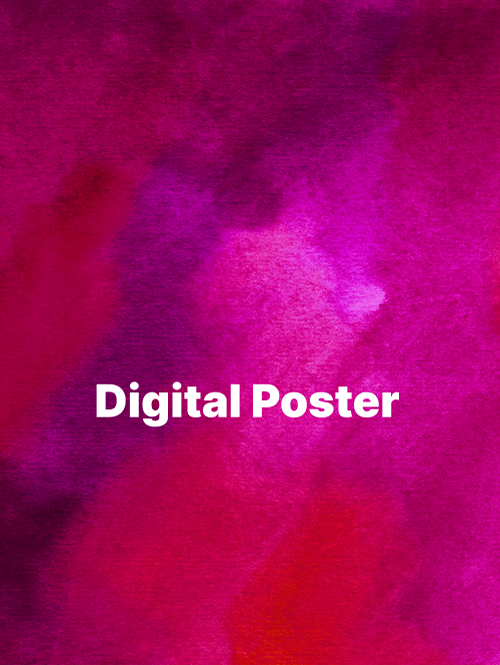Introduction
This document provides an overview of the project management setup used for the Digital Card project.
This covers:
1. Content / Development Management
2. Documentation
3. Publishing
4. Planning and Tracking
Content / Development Management
Microsoft OneDrive was used for maintenance of shared large binary resources (1) as well as non-public higher level project ideation. Content included still photography and videos, while ideation included user and design prototypes.
(1) Even at the base level subscription there is sufficient storage for prototyping (Terabytes of total data, with per user limits of 100s of GB). Google Drive was not considered due to relative higher cost for storage and requirement for constant format translation.
For managing prototyping and asset organization Microsoft Github was used with a 2-phase commit mechanism. First phase commit is to a private repo containing work in progress as well as proprietary content. The second phase commit is to a public repo with a published GitHub pages portal as well as connections to other content portals. Though possible to use LFS to encode larger data, a centralized “upstream” repository was deemed to be more useful.
Though possible to create issues and basic planning in Github, this was left for another tool (JIRA). Automated issue and commit tracking was linked with JIRA.
Considering OneDrive as a pre-commit phase, the overall flow of ideas and work is roughly:
Implementation / Documentation / Publishing
Microsoft Word, and development editors such as Visual Studio Code were used to handle textual based implementation and documentation. This included handling of Markdown, HTML, Javascript, and model and material assets checking as there are various plug-ins with visual preview capabilities. Diagrams were created using draw.io and exported to SVG for document integration.
Workflow design was performed using Figma
For video and image content creation, Camtasia and Photoshop/Snagit were the main tools used with Illustrator for vector / motion graphic work.
Posting target formats considered included: LinkedIn, Twitter, and Instagram.
Planning and Tracking
Four main epics provided the following breakdown:
- Goals: High level product goals / deliverables
- Marketing and Advertisement: Broken down by deliverables and includes deployment strategy.
- User Workflows: Set of workflows and designs per deliverable
- Content Creation: This includes data assets as well as tooling / applications using these assets and deployment.
These epics were broken down into stories with assignment to team members per story. Tasks were the responsibility of each story owner.
A planning board (simple Kanban) was used to story management and progress tracking.
A planning board (simple Kanban) was used to story management and progress tracking.
The workflow set up allowed for both review and / or publishing steps as work migrated from design to development in private repos through to public consumption.
An issues board was used to manage / update prioritization as needed.
Note that Confluence (wiki) was not considered for portability reasons.
The time frame for the prototype phase was roughly one month, with regular weekly syncs for any required adjustments, and optional daily checks as required (scrum).



